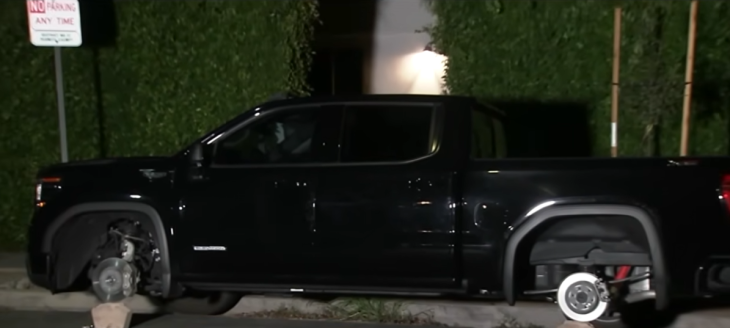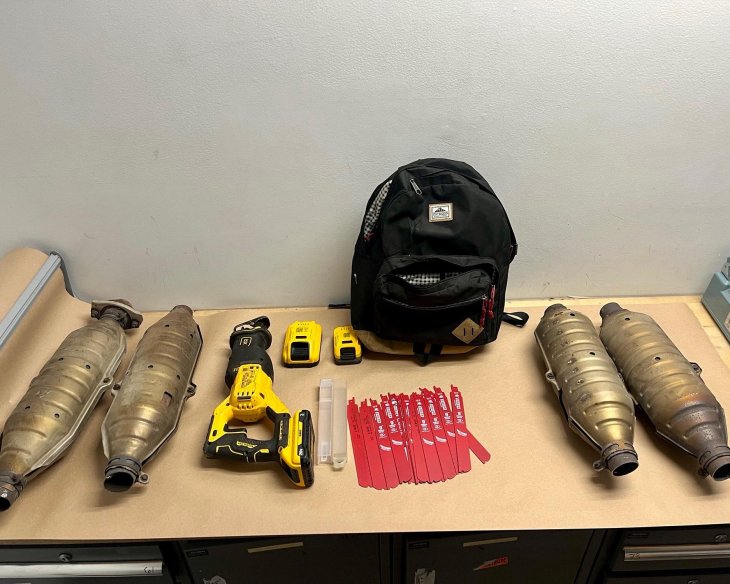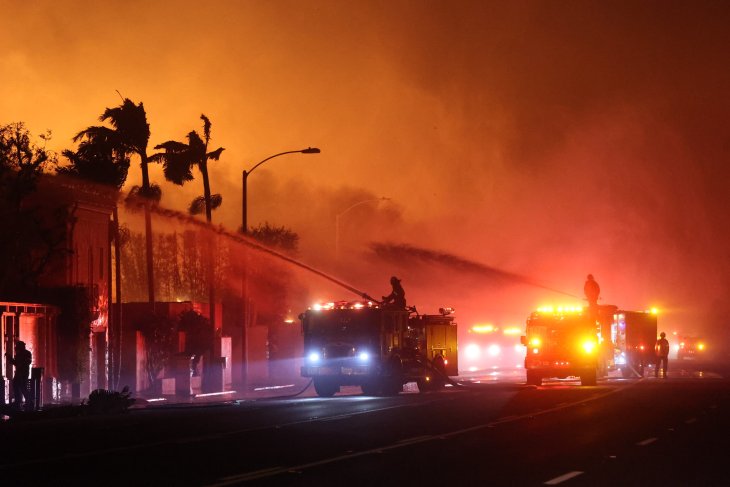By Ron Wynn
It is common practice for a buyer to have a physical inspection when purchasing a home. Some sellers chose to do a pre-inspection in advance. A buyer’s inspection can either be approved, or can be negotiated in two ways. A negotiation can either conclude with a seller requested repair, or a “cash credit” to be applied at the close of escrow. There are occasions where an inspection report causes a buyer to think twice or even back out of a transaction. Sometimes a buyer is overly reactive, even when the findings are not severe. There are however some reasons for a buyer to back out when issues become costly or complex.
The biggest reason that I have found that buyers back out are issues related to soil conditions, land movement and settlement. Hillside purchases can be very tricky. It is suggested a buyer have an intensive geological inspection to determine land and soil reliability.
The second issue that can also be “deal threatening” is drainage. Improper drainage can cause a lot of problems, which may be evident at the time of the inspection, or maybe just the writing on the wall for the future. Drainage issues can be very cumbersome to resolve, and in some cases cannot be resolved at all.
Other big deal breakers are environmental issues, which can include mold or a variety of other issues that can cause a buyer to think twice. Mold issues can be expensive to resolve, and in some cases cannot be resolved at all. It comes back to how deep the mold penetrates and finding the root of the mold problem. There are cases where mold is very difficult to remediate and where a cost cannot be determined.
Extensive dry rot can be another issue but can be resolved in most cases.
Other issues include significant water penetration. This can be a big issue, particularly when it penetrates the foundation or comes from a place that cannot easily be determined.
Structural issues will sometimes be revealed both under the house and when an inspector crawls through an attic space. There are instances when a house has twisted or tilted or may show weakness in the foundation. Cracks in the foundation are often an indicator there is a problem. In some cases proper retrofitting, which might include providing bolting or sheer walls can resolve the problem. In other cases, the remedy can be way more significant and costly.
These are generally the issues that come up and are known as the biggest deal breakers. A typical physical inspection for a home, depending on its size, can be anywhere for 20 pages to as much as 60 pages long. There are other secondary inspections that a buyer can also ordered by individual specialists. Inspections can include sewer, chimney, environmental, structural, drainage, foundation, root, plumbing, electrical, and even Feng Shui. It is important that you know the difference by those doing inspections and those doing inspections and repairs. Inspections can be very expensive but are very important. I suggest calling you real estate agent for more information on inspections, ron@ronwynn.com or 310.963.9944.






















